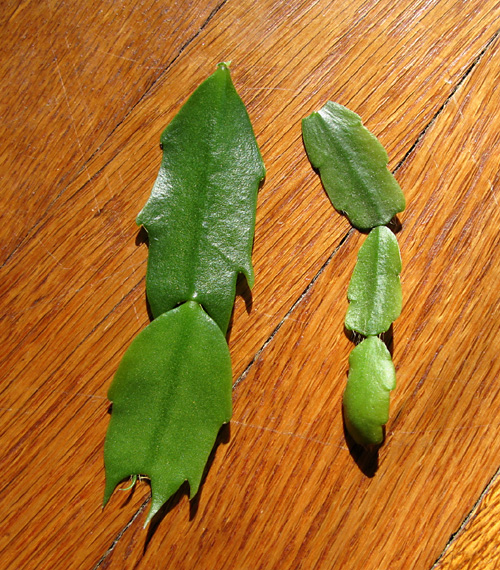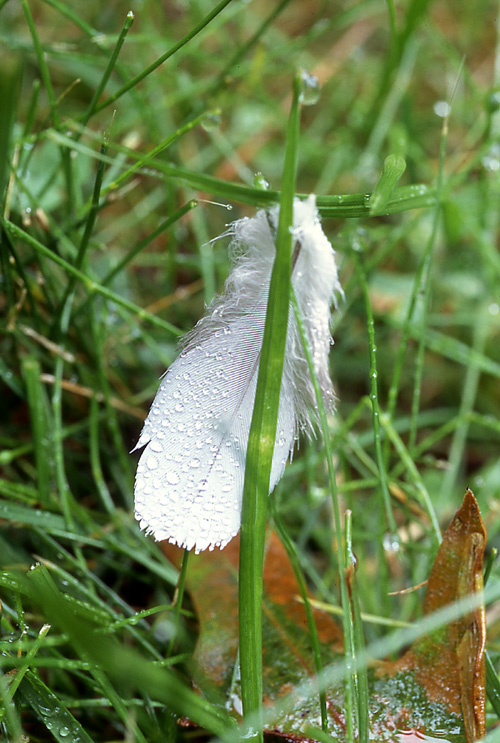Whoa! I sure can tell by my blog stats that I haven’t been blogging for a while! I’ll give a brief explanation for my absence in a bit. But, hey, first things first! Let’s start with revisiting a couple of my past entries like the one I called A Confederate Soldier.
William Buckner Taylor was described as a young man of “light complexion, light hair and gray eyes, his height was 5′ 5 1/2 inches.” When he enlisted at “Pinner’s Point, Norfolk County, … VA on February 19, 1862[,]” he was just 18 years old and listed his occupation as a laborer.
Mr. Taylor was first captured on “July 3rd, 1863 at Gettysburg and sent to Point Lookout, Maryland[.]” On February 18th, 1865, he was exchanged but then recaptured “on April 1, 1865 at Five Forks, and released on June 20, 1865 from Hart’s Island, New York.”
Where Mr. Taylor lived and worked, met his wife and raised his family between 1865 and 1900, I cannot say at this time. However, in the 1900 census, Mr. Taylor is listed as a stone mason and widower, “age 59, birth is listed as Feb 14, 1841[.]” This means that he should have been 21 years old instead of 18 years old at the time of his enlistment and that the date on his headstone is incorrect too. But, if you’ve ever tried researching your own family history, you would know that these discrepancies are quite common.
Living in his household in Topsfield, MA, according to the 1900 census, were his children,
“Mary B Taylor, age 15, birth April 28, 1885, born in MA
Lilian B Taylor, age 13, birth November 20, 1887, born in MA
William O. Taylor, age 6, birth March 27, 1894, born in MA”
And, by the 1910 census, William Buckner Taylor was listed “as a boarder in the home of Norman McLeod [in Topsfield], his age is listed as 69.”
Mr. Taylor passed away in 1911 and while he is buried in Topsfield, MA, “[t]here is a memorial marker to him located in Oak Grove Cemetery, Portsmouth, Va.”
Oh yes! About that grave marker … this “is a military headstone, provided by the Department of Veteran’s Affairs. They will provide a headstone when one is not present for a veteran of the Civil War, both Confederate and Union, … [although] who requested it, I can’t tell you, … [i]t could be that a Son’s of Union Veteran’s could have requested it.”
—Cynthia Buck-Thompson [Personal email, June 8 and 9, 2008]
***
Cynthia Buck-Thompson is a Civil War Living Historian as well as “the family genealogist.” Her husband reenacts with the 9th Virginia, Company B as well as Artillery for the Maryland Park Service.
I’d like to thank Cindy for all the work she did to answer my questions, every bit of the information listed here has been provided by Cindy.
***
Another entry that I’d like to revisit is the one that I called Spring Greens, especially, the part in which I mentioned the rhododendrons at Bradley Palmer State Park. They weren’t in bloom back in April and, thus, I was unable to post any photographs on my blog. So, I wrote “I promise not to let you down. I will keep track of their progress and take many photos to post when the time is right.”
Well, I did keep track. The “buds” seemed to be many, the only “flaw” I expected was the fact that some heavy pruning had been done among the lower branches. Still, new growth was appearing and I fully expected that the shear number of blossoms would be enough to “detract” from the pruning.
Unfortunately, by mid-June, when the parks’ rhododendrons should have been in all their glory, … well, … much to my surprise, not to mention my disappointment, there were barely a handful of blossoms! Oh, there were plenty of buds that had opened up, but few of those buds had any blossoms to show. I just couldn’t believe my eyes!
Perhaps, even stranger still, was the fact that, back in April, I had taken a couple of cuttings from the rhododendrons. (Now, before you all come down on me for taking cuttings of plants in a state park, please remember that these rhododendrons are hardly “wild.” Bradley Palmer State Park was once the estate of its namesake, “a noted attorney of the early 1900s who represented Sinclair Oil in the Teapot Dome Scandal and President Wilson at the Versailles Peace Conference after the First World War.” These rhododendrons were purposely placed to “line old carriage roads.” Besides, remember that the rhododendrons had already been heavily pruned! Apparently, though, their caretakers forgot to fertilize them. [Bradley Palmer State Park])
When I got the cuttings back home, I placed them in a vase then placed the vase in my bay window. But, for weeks, nothing happened. The cuttings didn’t die but the buds didn’t swell either. Then, about the beginning to the middle of June, suddenly the buds just shot up and opened up and I had rhododendron blossoms in my bay window!

Is that not weird or what? Did I have a premonition of sorts? I mean, really, the only other explanation that I can give you is that I did fertilize the cuttings, albeit with an indoor plant food, but still!
***
Okay, now about that brief explanation for my absence from blogging these past few weeks.
You see, I am fast approaching a very special anniversary. On August 27, 2008, I will become a five-year breast cancer survivor and, while I am just thrilled to pieces to be reaching this milestone, as I reflect on how far I’ve come in these past five years, I’ve also become acutely aware that I have not taken as good care of myself as I had promised I would do once I was finished with therapy. Oh, don’t get me wrong now, I haven’t fallen to pieces altogether! But, once in a while, we all need to step back and take a good look at where we’ve been and where we want to take our lives next. Fact is, this was just the perfect time for me to do that!
So, what more can I say? I’ve had my break from blogging, I’ve made some new plans, including some new ideas for this blog, and, … well, … I’m back! I sincerely hope you’ll all forgive me for my absence and, I certainly hope to see you all return too.

















